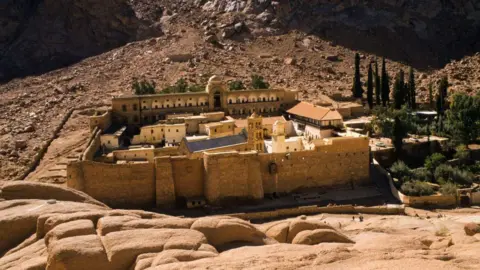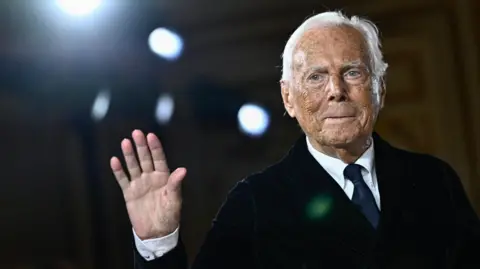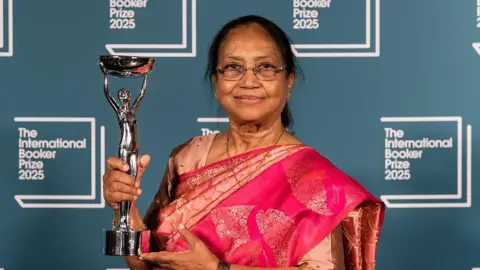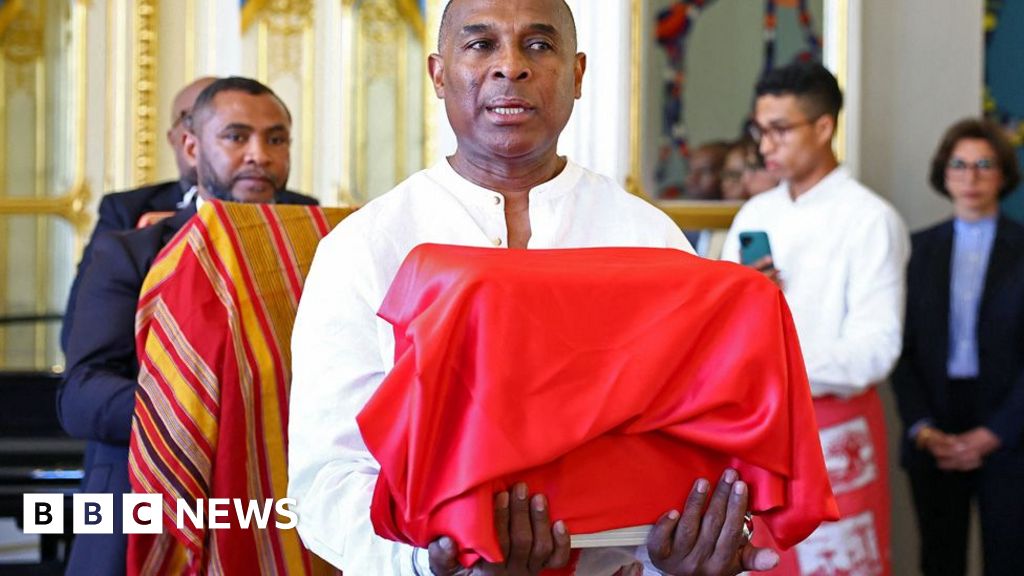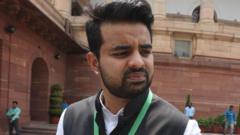In a vibrant resurgence of interest in Indian textiles, recent exhibitions are charting a transformative course for the narrative surrounding the country’s rich fabric traditions. Notably, the humble gamchha, a traditional scarf known for its versatility among the working classes in West Bengal, has taken center stage in a groundbreaking exhibition named "Gamchha: From the Ordinary to the Extraordinary." This showcase, which recently wrapped up in Delhi, featured over 250 variants of the gamchha from 14 states, highlighting the rich diversity of this simple fabric, which has various interpretations—from hand-woven to machine-made.
According to Jaya Jaitly, a prominent textiles expert and founder of the Dastkari Haat Samiti, the exhibition aims to amplify the social significance of the gamchha, reminding viewers of its cultural relevance that has often been overlooked. The initiative is part of a broader endeavor to redefine perceptions of Indian textiles by presenting narratives that transcend the typical glamour associated with high fashion. Jaitly emphasizes the commitment to unearth and represent the voices of local artisans instead of focusing solely on urban designers whose influences have dominated the fashion scene.
Ritu Sethi, founder of the Crafts Revival Trust, notes that digital platforms are pivotal in shedding light on the craftspeople behind India's diverse textile legacy. She describes this shift as a move towards "technology-prompted egalitarianism" within the textile sector. Exhibitions have expanded to include a range of experts—from curators to artisan communities—broadening the dialogue around textile heritage and connecting it to social realities, including caste and class dynamics.
For instance, the exhibition "Textiles of Bengal: A Shared Legacy," currently in Kolkata, showcases the historical tapestry of Bengal's textile trade, featuring never-before-seen garments dating back to the 17th Century. The display celebrates the region's homegrown weaving techniques like Jamdani, alongside Indo-Portuguese embroidery that encapsulates a shared cultural identity across generations.
Moreover, efforts continue to preserve and highlight lesser-known traditions through exhibitions like "Take Pampa: Textiles of Karnataka," which focuses on the narratives of nomadic and tribal communities, showcasing their unique contributions to the textile landscape. These efforts are significant for preserving the historical context of textiles while spotlighting their cultural narratives.
Contemporary exhibitions are also pushing forward the conversation on textiles as a living art form, with events like "Surface: An Exhibition of Indian Embroideries and Surface Embellishment as Art." This show transcends traditional uses, exploring textiles embedded in contemporary art, thus expanding the understanding and appreciation of their potential.
The diverse initiatives led by organizations such as the Devi Art Foundation confront the lack of historical documentation within India's textile heritage, creating opportunities for younger generations to engage with and draw inspiration from their cultural past. As Mayank Mansingh Kaul, a curator involved in numerous exhibitions, notes, the upcoming years promise to continue cultivating this creative ecology, fostering a renewed appreciation and acknowledgment of India's vibrant textiles.




